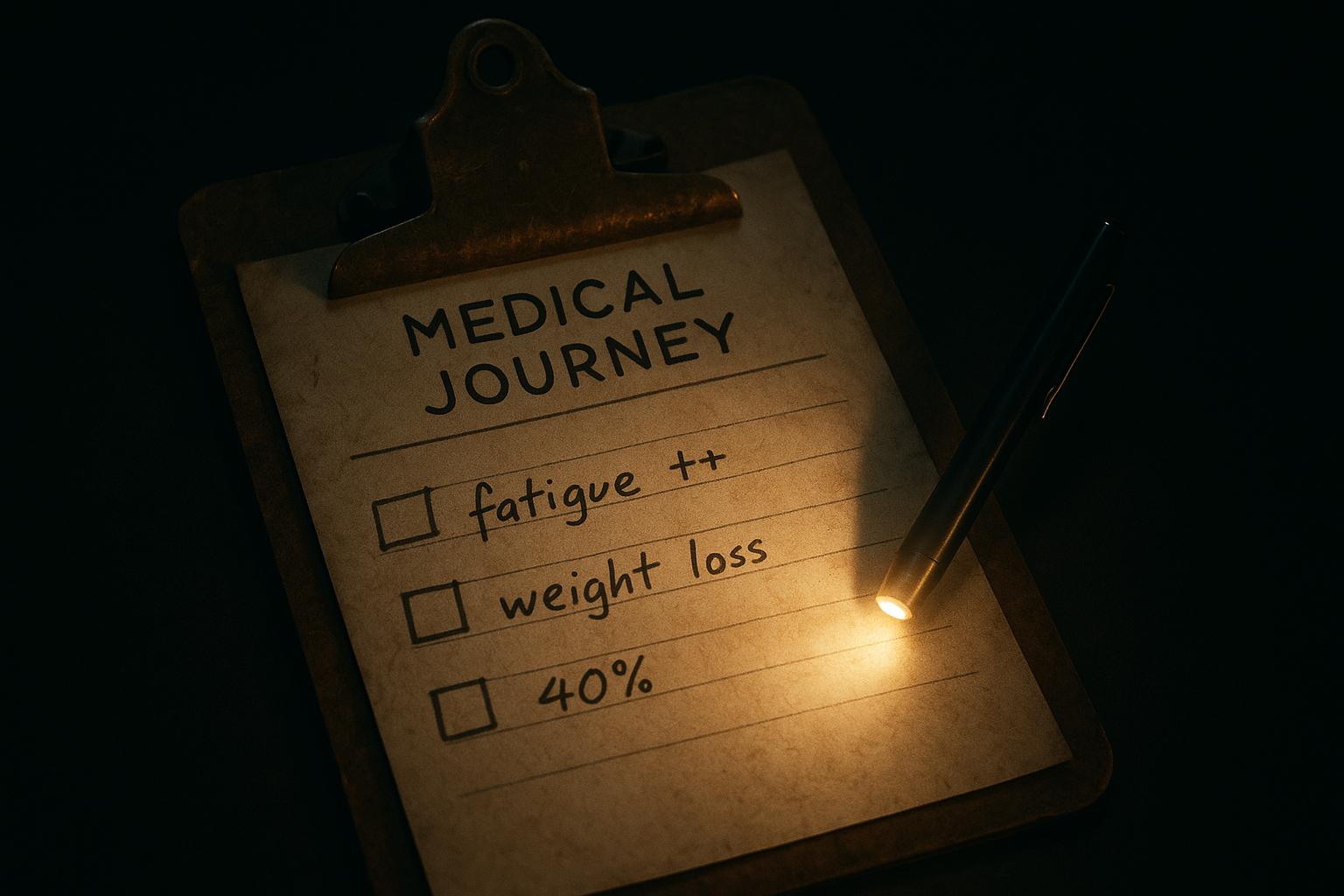For seven agonising years, Poppy Harris, a young woman from Aberdeen, endured debilitating pain and heavy bleeding starting from her first period at age 13, without receiving a formal diagnosis. It was only this year, now aged 20 and a university student in Edinburgh, that Poppy was finally diagnosed with endometriosis, a chronic condition where tissue similar to the uterine lining grows outside the uterus, causing severe pain and fatigue. The protracted journey to diagnosis took a heavy toll on her mental health, social relationships, and aspirations, including her beloved competitive cheerleading—which she had to give up due to the severity of her symptoms.
Poppy’s story highlights a widespread issue in women’s healthcare: the significant delays and challenges in diagnosing endometriosis. According to reports from The Washington Post and other studies, women often see an average of seven doctors and wait around eight years for a diagnosis due to the condition's complex nature and lack of a definitive, non-invasive test. This diagnostic odyssey reflects the broader clinical reality noted by research from institutions like Oxford University and the Eunice Kennedy Shriver National Institute, which underline how endometriosis can severely limit quality of life and ambitions, just as Poppy experienced.
Throughout her ordeal, Poppy encountered a mix of dismissive and even coercive attitudes from some healthcare professionals, exacerbating her sense of isolation and mistrust in the medical system. The physical and emotional burdens of the condition were compounded by the trial-and-error use of up to twelve different contraceptive pills in attempts to manage symptoms, which disrupted her hormonal balance further. Despite now having supportive medical care, including a consultant and GP who listen to her, she continues to navigate uncertainties around treatments, notably a relatively new hormone therapy called Dienogest, which lacks long-term safety data in the UK.
Poppy’s advocacy for the establishment of a National Endometriosis Registry touches on a vital need in the care landscape. Such a registry would systematically collect data on symptoms, treatments, and patient outcomes across the UK, enabling evidence-based improvements and accountability in care. The aim would be to reduce the guesswork currently involved in managing endometriosis, enhance understanding of what treatments are truly effective, and incorporate mental health monitoring to address the full impact of the disease. Australia’s National Endometriosis Clinical and Scientific Trials Registry serves as a successful model demonstrating the potential benefits of such a system.
Experts and campaigners echo the call for improved diagnostic and treatment pathways. Women’s Healthcare magazine highlights the urgency for reliable, evidence-based screening protocols to hasten diagnosis and better manage the condition. Peer-reviewed studies further reveal complex correlations between the length of pain duration, number of healthcare providers consulted, and patient outcomes, emphasising the need for multidisciplinary approaches to care. Meanwhile, qualitative research underscores that protracted delays in diagnosis—sometimes over a decade—often derive from reliance on invasive procedures for confirmation and a general lack of provider awareness.
In light of these insights, Poppy’s experience stands as a powerful testament to the physical and psychological hardships endured by those with endometriosis, and the critical necessity for systemic change. Her hope is that better awareness, research, and national coordination can spare future patients years of pain, disbelief, and lost opportunities. As she observes, if a registry and improved care protocols had been in place when she was 13, her journey might have been very different. The growing advocacy for such reforms is poised to shape a more compassionate and effective approach to this widely under-recognised condition.
📌 Reference Map:
- Paragraph 1 – [1], [4]
- Paragraph 2 – [2], [3], [4], [5]
- Paragraph 3 – [1]
- Paragraph 4 – [1], [5], [6]
- Paragraph 5 – [1], [3], [5]
- Paragraph 6 – [2], [5], [6], [7]
- Paragraph 7 – [1], [4], [5]
Source: Noah Wire Services
